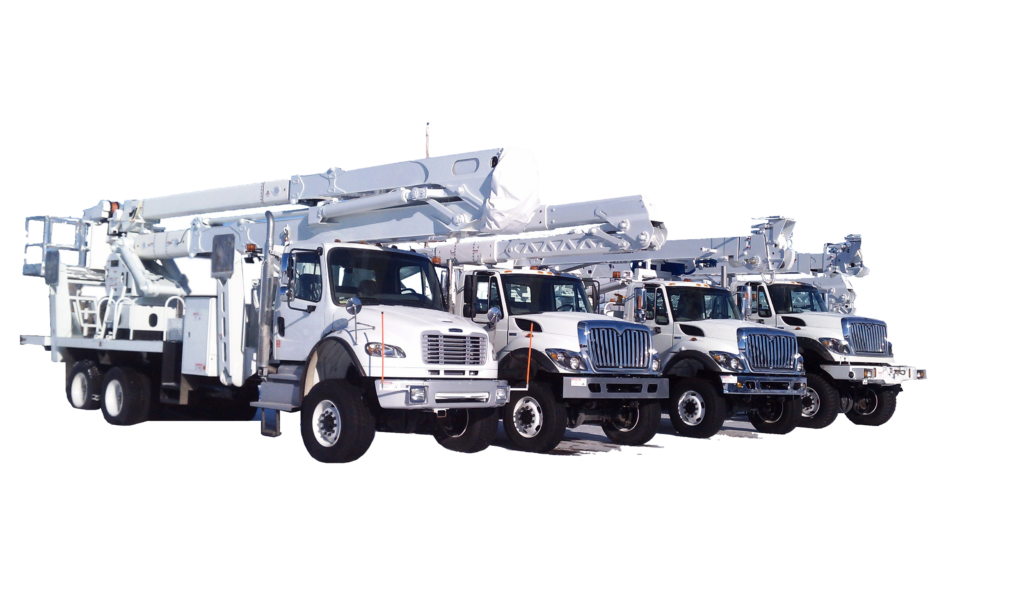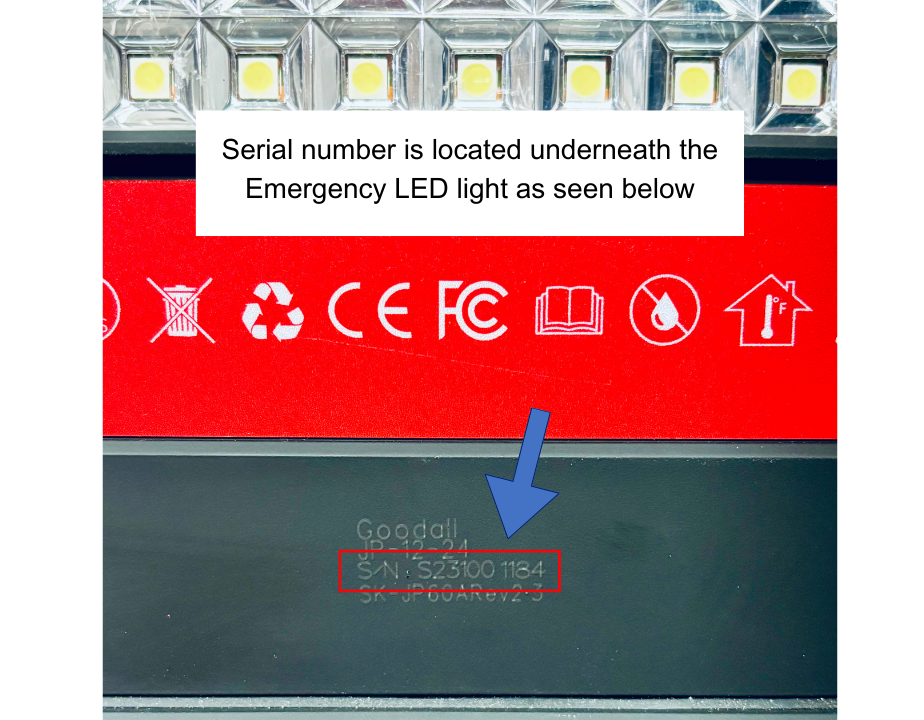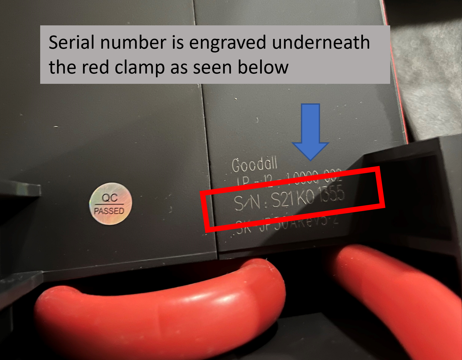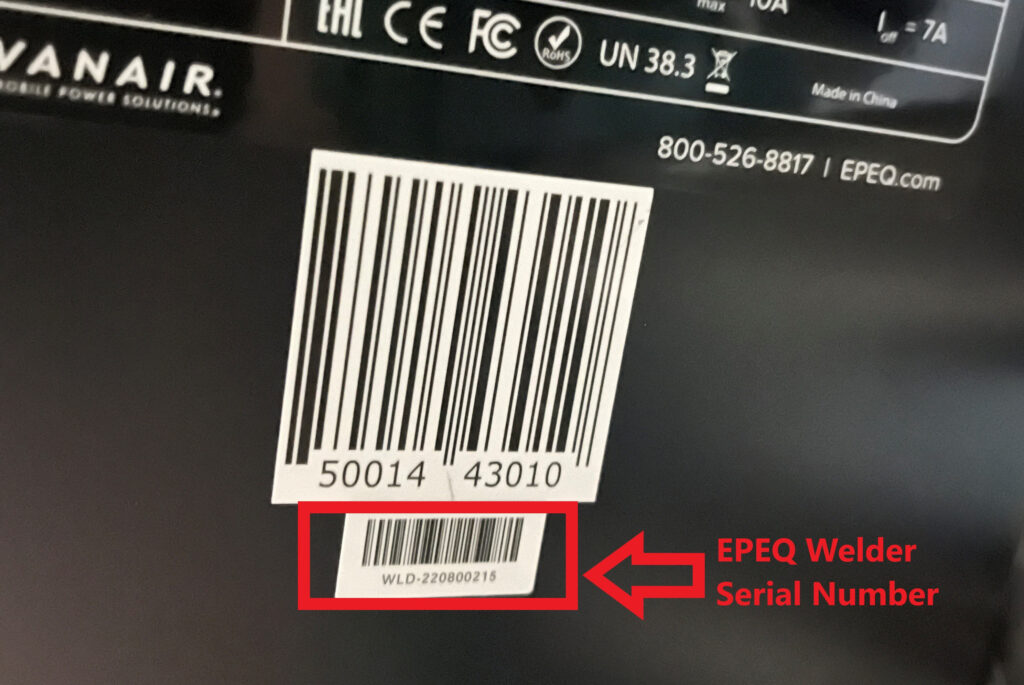Q: How can utility fleet managers make certain they are specifying the right compressor for the job? Are there certain products that are better fit for a specific industry or utility fleet application than others?
A: For Fleet Service Managers to specify the correct air compressor for the job, it is critical that they begin by fully understanding the needs of their operating entities. For example, let us consider a typical investor-owned gas utility company. For 50 years, Vanair® has been supplying PTO Driven Underdeck Air Compressors to the utility industry; ranging from 60 CFM to 200 CFM. PTO Underdecks are Mobile Power Systems which are ideal for utility fleet applications since they utilize the vehicles own engine for power. Vanair® underdeck rotary screw compressor systems provide fleet service trucks with immediate, uninterrupted air flow and exceptional power needed for crews to get the job done without hauling an expensive air compressor tow-behind.
Q: What are the various truck-mounted compressor options available?
A:
- Cross Mount Engine Driven Compressors
- Heavy and costly
- Takes up space
- Engine Mounted Underhood Compressors
- Limited power
- Complex Installation
- Voided warranties on vehicle
- Load
- PTO Driven Underdeck Air Compressors
- The most popular, the PTO Underdeck Mobile Power System air compressor can be combined with a generator, SAE B pad to add hydraulics, or a combination of the three. Additionally, a PTO Underdeck System delivers the largest range of CFM available (50-405 CFM).
- Offers the most power available
- Multi-function system capabilities (air, generator, and hydraulics with a PTO opening)
Q: What key points need to be considered when specifying air compressors?
A: There are many key factors when specifying air compressors. The Gross Vehicle Weight (GVW) that the compressor will be mounted on is critical. A typical cross mount compressor is large and heavy. At 2400+ lbs. it takes up considerable real estate on the truck and entails another engine to maintain, and it also costs twice as much as a PTO driven compressor. Cross mounts require higher GVW’s and may push the vehicle into an area where a CDL is required to operate. Underdeck air compressors are by far the most popular with utility fleets. The advantages are significant and include:
- Lower cost (half the cost of a tow-behind)
- Frees up valuable real estate (doesn’t take up any truck bed or cargo space)
- Tier 4 compliant
- Less weight (400 lbs. vs. 2400+ lbs.)
- High reliability with 110,000-hour life design
- High durability
- Lower insurance costs
- Easier maneuverability
- Frees up the hitch
Integrating a PTO underdeck air compressor onto the truck chassis turns the vehicle into a vital tool for: gas, electric, telecommunication, water utilities, and utility contractor companies.
Considerations must be given for ambient operation environments. One of many driving factors leading to downtime and lost productivity can be weather-related challenges that may compromise system components, including:
- Water inclusion
- Ice and snow control chemicals
- Off-road operations
- Many other adverse operating environments
There are significant differences between operations in Phoenix, AZ, in August versus the North Slopes of Alaska in January. Arizona may require additional cooling, while Alaska may require winterization options. A Vanair® patented design that increases uptime is the optional ThermalGuard® Weather Protection Kit which uses the vehicle’s warm engine coolant to preheat the compressor oil and regulators to prevent oil starvation and freeze-ups during cold conditions. This option also aids in the elimination of moisture.
Duty cycles are also important when specifying compressors. Indeed, time is money. On a construction site, the cost of downtime affects equipment use and labor costs, to say nothing of interruption of operational performance timelines. Powerful redundant transducer and thermistors systems are available to provide uptime, reliability, and dependability for your PTO driven air compressor systems. The Vanair® patented FailSafe® Dual Sensory Redundancy is now standard on XERO® air/oil separator tanks and provides critical backup security in the case a thermistor or transducer sensor should fail. If the primary unit fails, the system automatically switches to the backup. The operator will never even know that a fault occurred, providing uninterrupted power. Optional FailSafe® remote mount systems placed in a NEMA box for added protection from harsh environments are also available.
Life-cycle costs are key when evaluating compressor manufacturers. Close attention should be paid to Prescribed Maintenance (PM) intervals. PM considerations include the amount of compressor oil needed for a change, frequency of maintenance schedule, and the cost of the consumables. While it may not seem important at the time of purchase, the cost differentials per vehicle can be measured in the thousands, over a ten-year lifespan. The Vanair® UltraLife® Separator element is located internally in the air separation tank. The Vanair® separator provides for: enhanced air quality, assured anti-static grounding system, reduced operating and maintenance cost, and optimized compressor performance with 6000-hour separator life. This is six times more life than the nearest competitor’s spin-on, coalescer element and 15 times more life than any underhood design (the coalescer will last longer than the lifecycle of the vehicle)! Moreover, this innovative design offers the lowest cost of ownership in the industry. Over a 10-year period, this feature saves upwards of $2,000 per truck in routine maintenance costs alone.
As for the key points for specifying the compressor, it is important to understand what type of pneumatic tools are being used. One recommendation is to reference the Vanair® Air Tool Consumption Guide. For example, a 90 lbs. pavement breaker consumes approximately 70 to 85 CFM at 100 PSI. Are multiple tools being used simultaneously? If the crews are using more than one pavement breaker, the minimum compressor spec would be 160 CFM. Are the crews pressurizing services and mains? If so, 185 CFM in dual pressure 100/150 PSI might be in order. Are the crews performing plastic pipe fusion? If so, the Vanair® Genair® PTO Shaft-Driven Air Compressor and Generator System option is a perfect fit by combining compressed air and 9.6 KW of AC power to run the fusion equipment.
Q: What is the best starting point to deciding which system is needed? Who should be involved in that process?
A: The best place to start is with the compressor manufacturers. At Vanair®, we have a team of experienced applications engineers who provide guidance and technical support for our customers to select the optimal compressor solution for the application. It is vital for the fleet managers to fully engage with their respective operating units to understand the operational field needs and work practices.
Q: What are some common mistakes utility fleets make when specifying a compressor?
A: One common mistake that fleets make is not understanding the advancements and improvements that have taken place since their last bid. There are currently options available that virtually eliminate downtime with the use of redundant thermistors and transducers. A transducer or a thermistor is less than a $150.00 component, but if it goes down, it takes the entire job down—since if the sensor goes down, the truck goes down. If the truck goes down, the job shuts down. If the job shuts down, you’ve got downtime and idle workers. It can equate to thousands of dollars per hour in downtime or worse.
Another common mistake is overlooking the total life-cycle cost. It is easy to make the mistake of purely focusing on a low bid when evaluating Requests for Proposals (RFPs). The total cost of ownership can be more than the initial purchase price. Many utilities have 20, 50, or even 100’s of compressor trucks. The total life-cycle cost differential between compressor manufacturers can be measured in the hundreds of thousands, over ten years, for most utility fleets. Total life-cycle cost considerations must be given when evaluating bids.
Q: Is it common for utility fleets to switch from one type of compressor to another? How often does that happen?
A: Most, if not all, utility fleets have adopted the use of PTO Driven Underdeck Mobile Power Systems. A few companies continue to utilize cross mount compressors; but, the vast majority have switched to PTO underdeck air compressors in the last 50 years. The reason PTO underdeck systems are so popular is simple– the advantages have allowed for significant improvements in fleet asset utilization.
Q: What is the typical life-cycle of a truck-mounted compressor?
A: Rotary screw air compressors are very robust and durable, some with a bearing life of over 100,000 hours. The average life-cycle of the vehicle on which the compressor is mounted is between 10 to 13 years. The underdeck air compressors will last well beyond the vehicle’s life-cycle in which they are mounted. In fact, Vanair® units are operating in the field that are well over 25 years old.
Q: Any other advice that would be helpful for fleets?
A: Don’t assume what you put on your truck last time is what you should put on this time. Before you start working on a bid specification for your fleet, reach out to the experts for guidance. Advancements are happening every day that increase Return on Investment (ROI) and productivity for your fleet.




